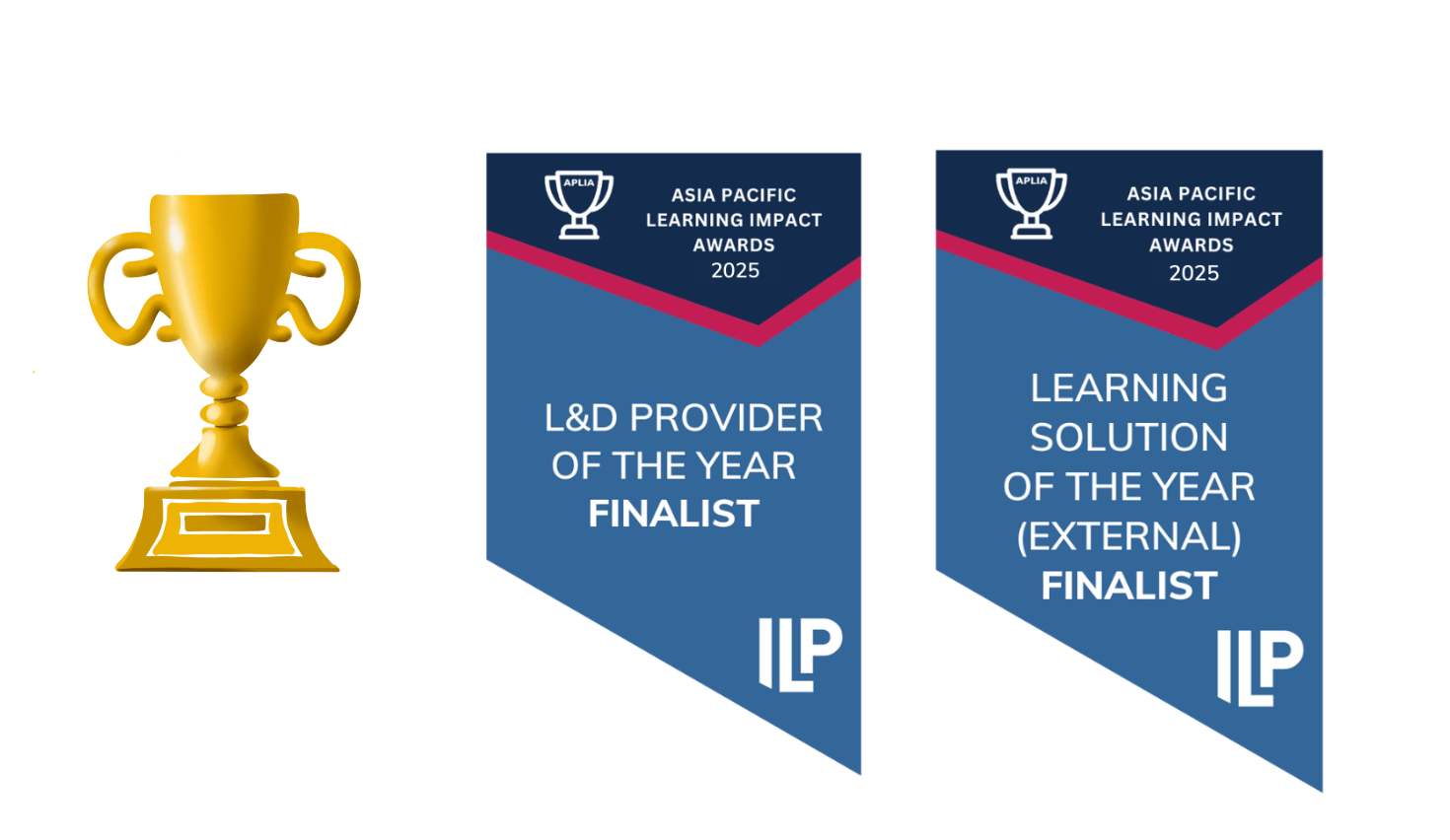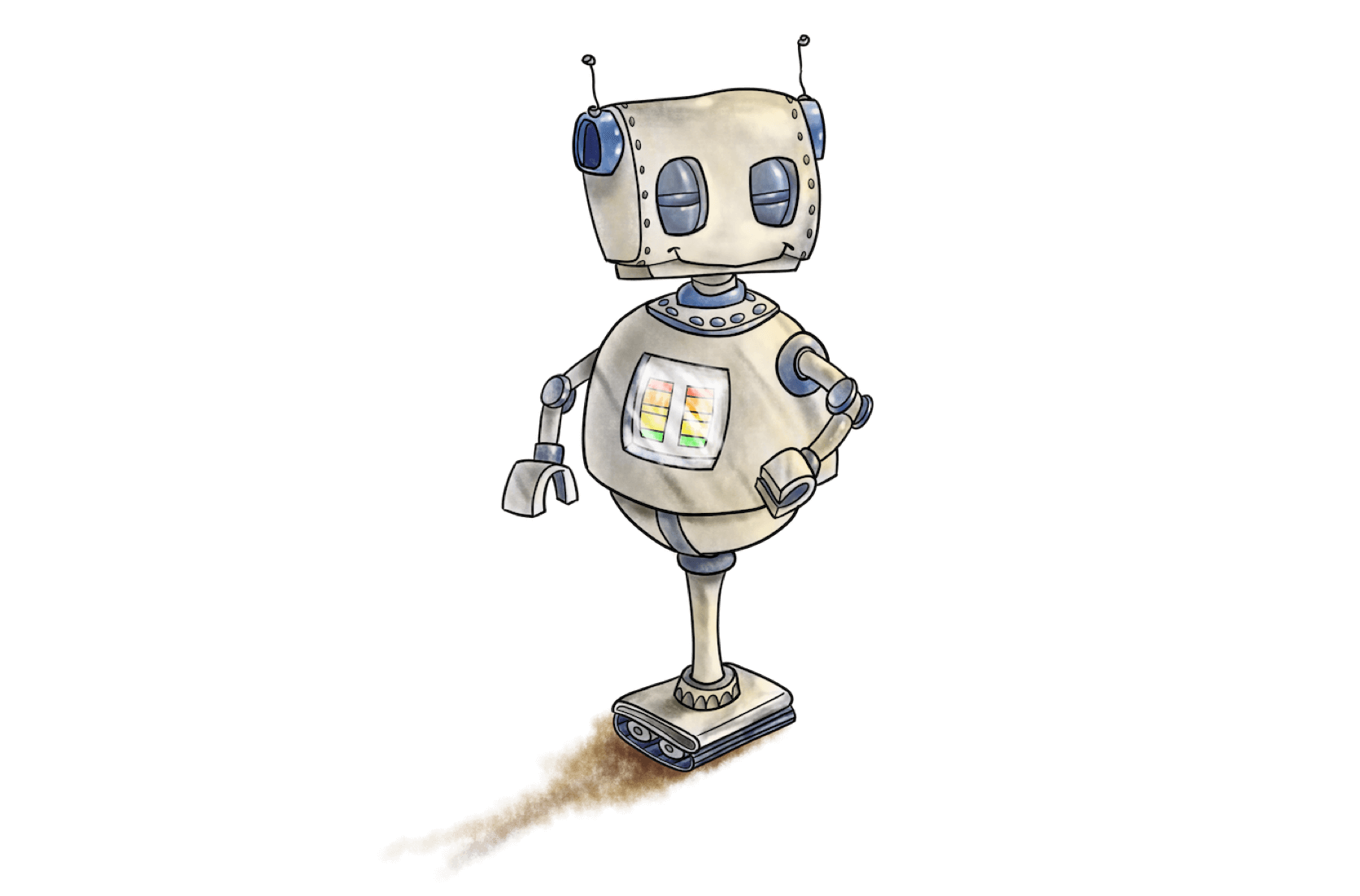
In March 2024, The Australian HR Institute (AHRI) and the Melbourne Business School released their Shaping the Future report. It explores the insights and data provided by the AHRI's Future of Work experts and identifies five core themes that capture their thinking about the challenges and shifts currently facing learning.
The five themes are:
- Learning has become disconnected from its context, purpose and value
- It is time to define the diverse 'learning customer'
- Learning is an organisation's sensing mechanism
- Learning methods are becoming dynamic and community-driven
- AI augments learning and learning practices
I'm going to dive into three of the themes in more detail.
It is time to define the diverse 'learning customer'
The report says that learning customers, i.e. people doing the learning, should have as much role in designing and planning their learning as HR/learning professionals.
Decentralising learning ownership
This changes the mindset from a top-down directive to a collaborative, co-designed approach. This approach “recognises that learners bring their context to learning, while learning professionals help orchestrate the environment for learning to occur.”
Our experience at Yarno
We often hear from customers that generic, off-the-shelf content delivers low engagement and minimal behaviour change. We aim to tailor all our content to the learners who will engage with it.
For this reason, we encourage our customers to co-create content with diverse stakeholders. Our mind mapping workshop explores who the learners are, why they'll benefit from the learning, and what makes them tick.
Feedback loops
In a decentralised model, everyone at every level becomes a learning customer. Feedback loops are required to adapt and shape learning continuously to support this model.
Our experience at Yarno
We have feedback mechanisms built right into Yarno. Learners can give feedback on any question, and at the end of each Yarno learning campaign, learners are asked for feedback and recommendations for future campaigns. The recommendations are a relatively new feature and are already producing value.
In a recent campaign for a retail customer, learners shared over 1,000 feedback responses and specific ideas on what they'd like to learn next. This is gold for learning professionals!
However, the challenge becomes the sheer volume of feedback we’re now eliciting. We’re exploring ways to identify themes in the feedback and recommendations to help learning professionals make the best use of the data.
Learning as a strategic sensing mechanism
The report states that learning is shifting from a control-oriented approach with a strict calendar of events to a more fluid and adaptive response. This shift is viewed as fundamentally altering the value proposition of learning from an optional event to a strategic necessity and from a mindset of keeping up and ticking the box to growing and striving.
Our experience at Yarno
Yarno is often used to give insight into learners' knowledge and understanding of particular topics at a point in time. Areas for improvement are identified, and decisions are made on where to focus future leaders' and learners' time and effort. This could be on a particular cohort of learners and/or topics that are less understood.
This shifts the learning outcome from completion to capability. When customers combine Yarno’s confidence surveys with campaign data, they gain insight into areas of strength and areas for opportunity. All this is done to improve capability, a critical focus for growth-oriented and people-centric organisations.
AI doesn’t replace the need for learning or learning professionals. It augments our learning practices.
The report states that AI will play a significant role in the future of learning. Yet humans have a critical role in providing context, making judgements, and overseeing ethics and governance.
Dom Price is quoted saying “AI can help produce more content and at a really fast rate. But is that where we need to focus right now? Probably not. Maybe in a couple of years. We first need to focus on the context. As, without accurate input and context, AI will just produce bad content more quickly.”
Our experience at Yarno
I wholeheartedly agree with Dom's sentiment. We’re experimenting with GenAI and AI. We’re guided by the idea that we want to drive the change rather than be driven by it. So, we’re asking how we want AI to affect work. Rather than how will it affect work? I go into more detail about our approach in this blog post.
We’re having fantastic conversations with customers and industry peers about their experiences with AI, how and why they’re using it, what’s working, and what they’ve learned. Collectively we're learning about this new tech with curiosity and an open mind.
Thanks to Karen Kirton @ Amplify HR for sharing the report with me.















































































































